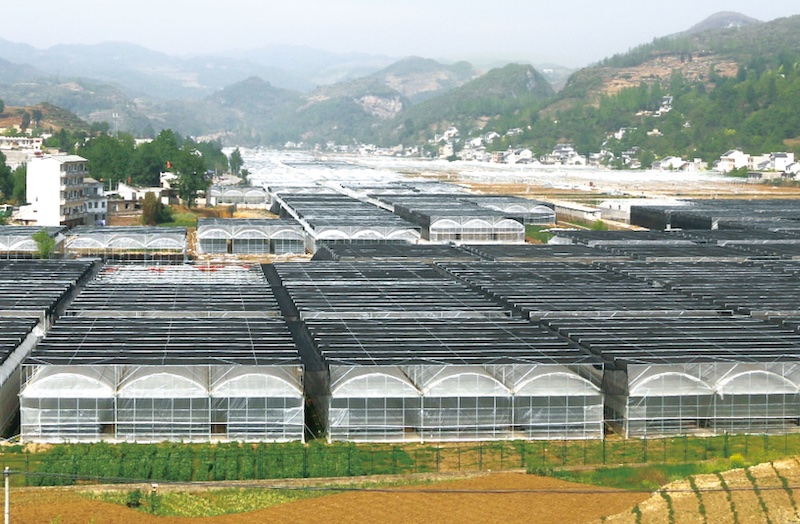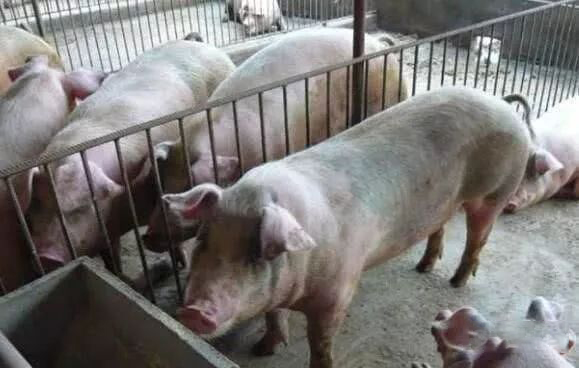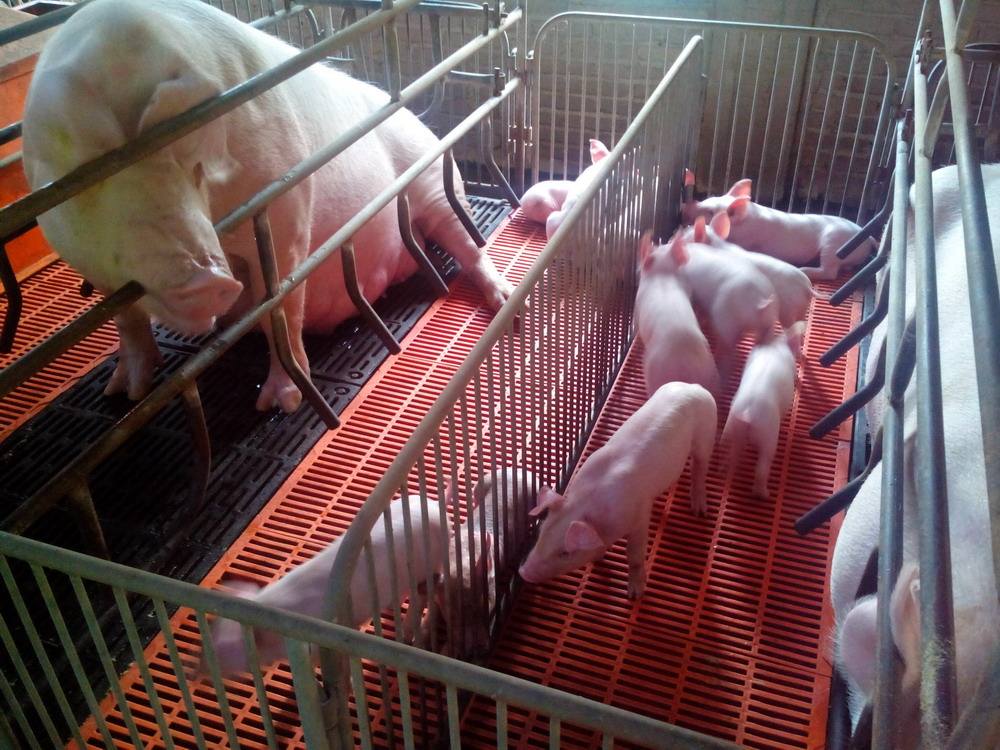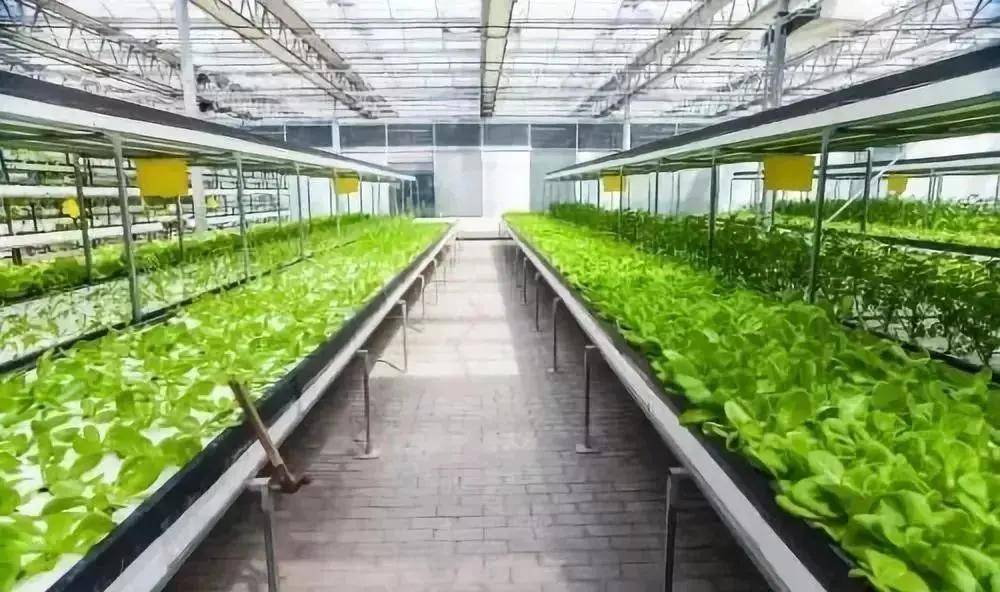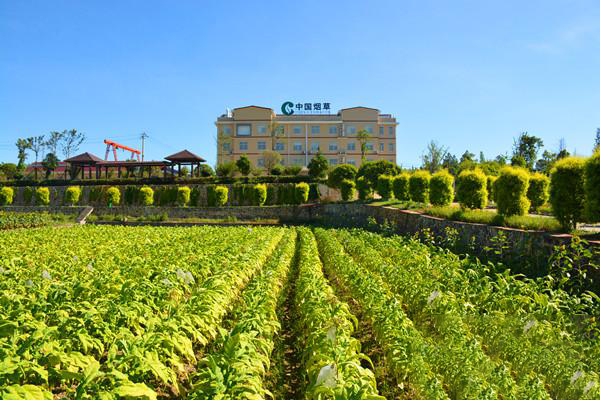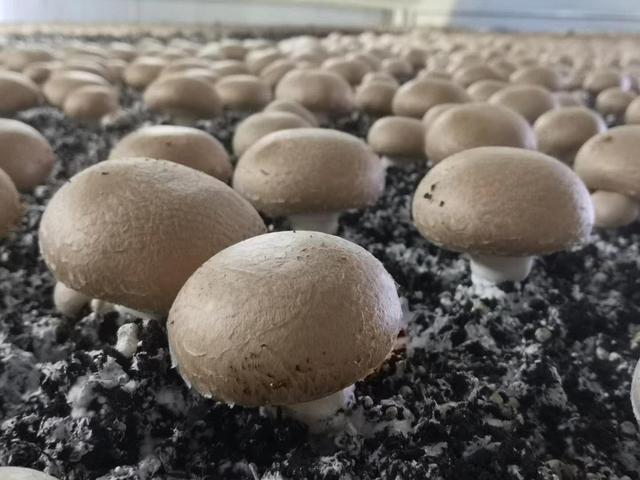Since ancient times, China has had the saying "Pork and grain ensure the stability of the nation." People put the importance of pork above that of grain. According to the latest data from the China Rural Statistical Yearbook, in 2018, the total number of pig farming households in China was 37.75 million. In the first half of 2021, pork production accounted for 63% of the total meat output, highlighting the pivotal role of the pig industry in China's agricultural production and national food security. Large-scale pig farming is a resource-intensive model developed from traditional farming, characterized by the mass production of market-ready pigs, which facilitates the economies of scale. Large-scale farming typically involves expansive and wide-span pig houses with high concentration. Hence,, modern technology is required to enhance pig housing environmental quality, control temperature and humidity ranges according to different pig growth stages, ensure optimal growth rates, and improve meat yield and economic returns. According to GB/T 17824.4 Environmental Parameters and Management for Large-Scale Pig Farms, the temperature and humidity requirements for pig housing are as shown in the table below:
|
Pig House Type |
Air Temperature/℃ |
Relative Humidity/% |
||||
|
Comfort Range |
Upper Limit |
Lower Limit |
Comfort Range |
Upper Limit |
Lower Limit |
|
|
Breeding Boar House |
15~20 |
25 |
13 |
60~70 |
85 |
50 |
|
Non-pregnant Sow Barn |
15~20 |
27 |
13 |
60~70 |
85 |
50 |
|
Lactating Sow Barn |
18~22 |
27 |
16 |
60~70 |
80 |
50 |
|
Suckling Piglet Incubator |
28~32 |
35 |
27 |
60~70 |
80 |
50 |
|
Nursery Pig Barn |
20~25 |
28 |
16 |
60~70 |
80 |
50 |
|
Growing-Finishing Pig House |
15~23 |
27 |
13 |
65~75 |
85 |
50 |
|
Note 1: The temperature range for the suckling piglet incubator in the table is the limit range for piglets within 1 week of age. The lower limit temperature can be reduced to 26°C~24°C for piglets aged 2 to 4 weeks. Other values in the table refer to the temperature and humidity at 0.7m above the pig bed.
Note 2: The high and low limit values in the table indicate the production limit range. Values too high or too low will affect the production performance and health status of pigs. For the temperature in the growing-finishing pig house, when the monthly average temperature is higher than 28°C, the upper limit can be increased by 1°C~3°C. When the monthly average temperature is lower than -5°C, the lower limit can be decreased by 1°C~5°C.
Note 3: In enclosed pig houses with heating equipment, the suitable relative humidity should be 5%~8% lower than the values mentioned above. |
||||||
|
Pig House Type |
Ventilation Rate [m³/(h•kg)] |
Wind Speed /(m/s) |
|||
|
Winter |
Spring and |
Summer |
Winter |
Summer |
|
|
Breeding Boar House |
0.35 |
0.55 |
0.70 |
0.30 |
1.00 |
|
Non-pregnant Sow Barn |
0.30 |
0.45 |
0.60 |
0.30 |
1.00 |
|
Lactating Sow Barn |
0.30 |
0.45 |
0.60 |
0.15 |
0.40 |
|
Nursery Pig Barn |
0.30 |
0.45 |
0.60 |
0.2 |
0.60 |
|
Growing-Finishing Pig House |
0.35 |
0.50 |
0.65 |
0.30 |
1.00 |
|
Note 1: The ventilation rate refers to the amount of air required per kilogram of live pigs per hour.
Note 2: The wind speed refers to the suitable summer value and maximum winter value at the pig's location.
Note 3: During hot seasons when the monthly average temperature is ≥28°C, cooling measures should be taken. |
|||||
Pig farm environmental control is to provide comfortable temperature and ventilation based on the growth needs of pigs. SINO KING recommends using highly stable, technologically mature, and cost-effective modular air-cooled chiller (heat pump) units to meet the requirements of pig house air conditioning systems, so as to achieve cooling in summer and heating in winter. Additionally, considering China's vast geographical span and the temperature differences between the north and south in winter, SINO KING recommends three types of air conditioning units for heating, suitable for minimum ambient temperatures of -15°C, -25°C, and -30°C, respectively. In summer, modular air-cooled chiller (heat pump) units and fan coil cooling units are used for cooling, while in winter, modular air-cooled chiller (heat pump) units and floor heating are used for heating, to better achieve uniform pig house temperature distribution, intelligent temperature control, unattended operation, and remote monitoring.
